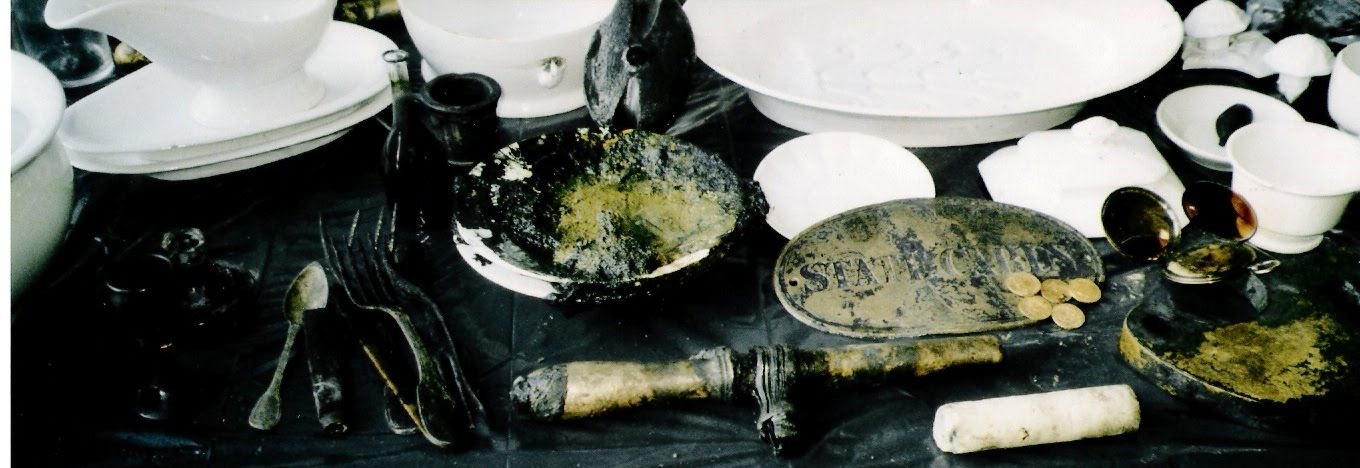Jasmyne Pendragon -
This essay will provide evidence for the ritual purpose of blood sacrifice using examples of information sourced from various Mexican Codices and other documents and will include some Aztec creation myths and religious doctrine to hypothesise the true meaning and belief behind the Aztec people's constant need for ritualistic blood sacrifices.
The Aztec's reigned during 1376 to 1521 CE from their capital at Tenochtitlan which was situated in the heart of Lake Texcoco in the Basin of Mexico (Renfrew & Bahn 2004: 76; Scarre 2005: 634-635)). Constructed on an island in Lake Texcoco, Tenochtitlan had three causeways that connected the capital to the mainland (McIntosh & Twist 2003: 222; Renfrew & Bahn 2004: 76) that were easily defendable from enemy attack until the Spaniards arrived. A walled in ceremonial centre was positioned in the heart of Tenochtitlan that housed the Great Temple that was jointly dedicated to the sun and the rain gods (McIntosh & Twist 203: 222). The ceremonial centre also housed a great ball court where a fatalistic game was played using a rubber ball (McIntosh & Twist 2003: 222); the loser having his head chopped off supports the notion of the Aztecs showing fatalistic behaviour, however the ball game has had a long history in many Mesoamerican societies. Inside the ceremonial centre there were priestly residences, other temples and a huge skull rack that housed the heads of sacrificial victims in varying stages of decomposition (Coe & Koontz 2005: 194; Burland 1975: 70-71; Townsend 2003: 107; McIntosh & Twist 2003: 222). Just outside of the walls of the ceremonial centre were several royal palaces that housed the Aztec rulers and their subordinates (McIntosh & Twist 2008: 222). Adjacent to the royal palaces was the Great Plaza that held markets that supplied the needs of the Aztec people from nobility to peasant classes (McIntosh & Twist 2003: 223).
Posted via http://batavia08.posterous.com batavia08's posterous
.jpg)
No comments:
Post a Comment